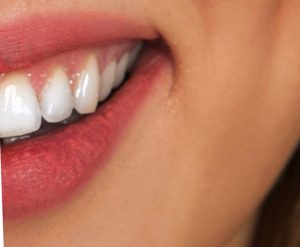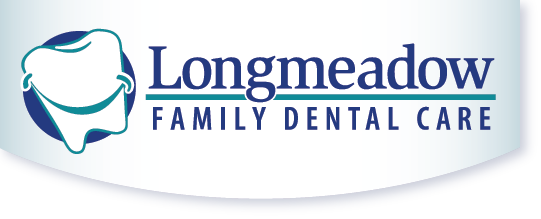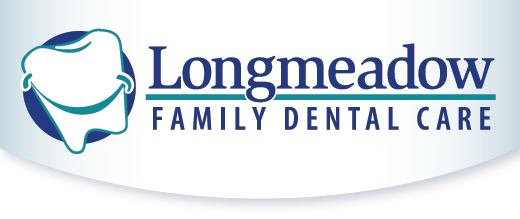What is Dental Bonding and is it right for me?
Bonding is the use of a composite resin, usually a plastic, to fix a decayed or fractured tooth. Typically, it is a tooth-colored material that can be used to repair chipped and discolored teeth and help them to appear more normal or attractive. It can also be used to close gaps between teeth or to reshape or make your teeth appealing.

Bonding is the best alternative to amalgam fillings and only requires a single visit to your dentist to be completed. Better yet, it doesn’t require a custom-made mold to get a perfect bond that will fit your tooth. That’s great news for Hagerstown residents who are seeking a simpler solution to a more attractive smile.
Bonding gets its name because the composite resin is a material that will bond to your tooth for a long period of time. Unlike other dental procedures such as veneers, bonding doesn’t need any preparation in the lab unless it is used to fill tooth decay.
What can you expect from Dental Bonding?
First, your dentist will match the color of the composite resin that will fit the tooth to be bonded. After then, a tool will be used to remove part of the tooth surface and coat it with a liquid to allow it to adhere firmly to the bonding material. After the tooth has been prepared, the resin is applied and molded and smoothed into the proper shape.
The final stage of the procedure is polishing the material to match the soft smooth shiny appearance of the tooth surface. In many cases, tooth bonding will only take a few minutes, but your dentist will recommend what’s best for your specific situation.
Types of Dental Bonding
Dental bonding is classified into forms; direct composite bonding and adhesive bonding.
Direct composite bonding is the use of tooth-colored material such as resin to repair chipped or cracked teeth or to fill cavities. It is also a procedure to close spaces between teeth and cover up the damaged edge of the teeth. This method of bonding is done by applying the material directly to the tooth surface that will be visible when you smile.
Adhesive bonding is a form of tooth bonding that involves attaching a dental restoration such as a crown, veneer, bridge or porcelain to a tooth.
Advantages of Dental Bonding
- It is a dental process that can be done in the comfort of your dentist’s office and does not require any preparation in a lab.
- The treatment can be completed during a single visit to your dentist’s office and does not require a dental anesthetic.
- It is an affordable cosmetic dental treatment when compared with customized tooth procedures that will be manufactured in a lab.
- Your dentist will only need to remove a small amount of enamel from your tooth to carry out bonding.
- It is a great way to improve your oral health – composite resin is an effective material that can treat cavities and several other types of tooth problems. It can be used to reinforce the walls of your tooth and stop decay from spreading.
What to do after a Dental Bonding procedure
Your dentist will give you instructions to be followed at home to enable you to keep the natural look and color of the bonding and make it last.
- Always maintain good oral hygiene such as brushing and flossing your teeth regularly and using mouthwash every day.
- You should avoid foods that may chip your bonded teeth, such as chewing hard substances.
- Avoid smoking as it can cause tooth discoloration.
- Make sure to visit your dentist at least twice a year.
- You should reduce the consumption of tea, coffee, and red wine.
- Drink plenty of water, which is good for removing food particles from your mouth as well as lowering your mouth’s acidity level.
As always, make and keep your dental appointments with the professionals at Longmeadow Family Dental Care and keep your smile bright!

